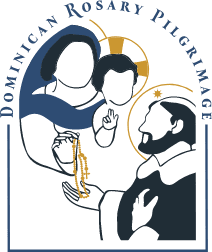The Power of the Rosary: How Our Lady of Fatima Teaches Us to Pray
Dominican Friars
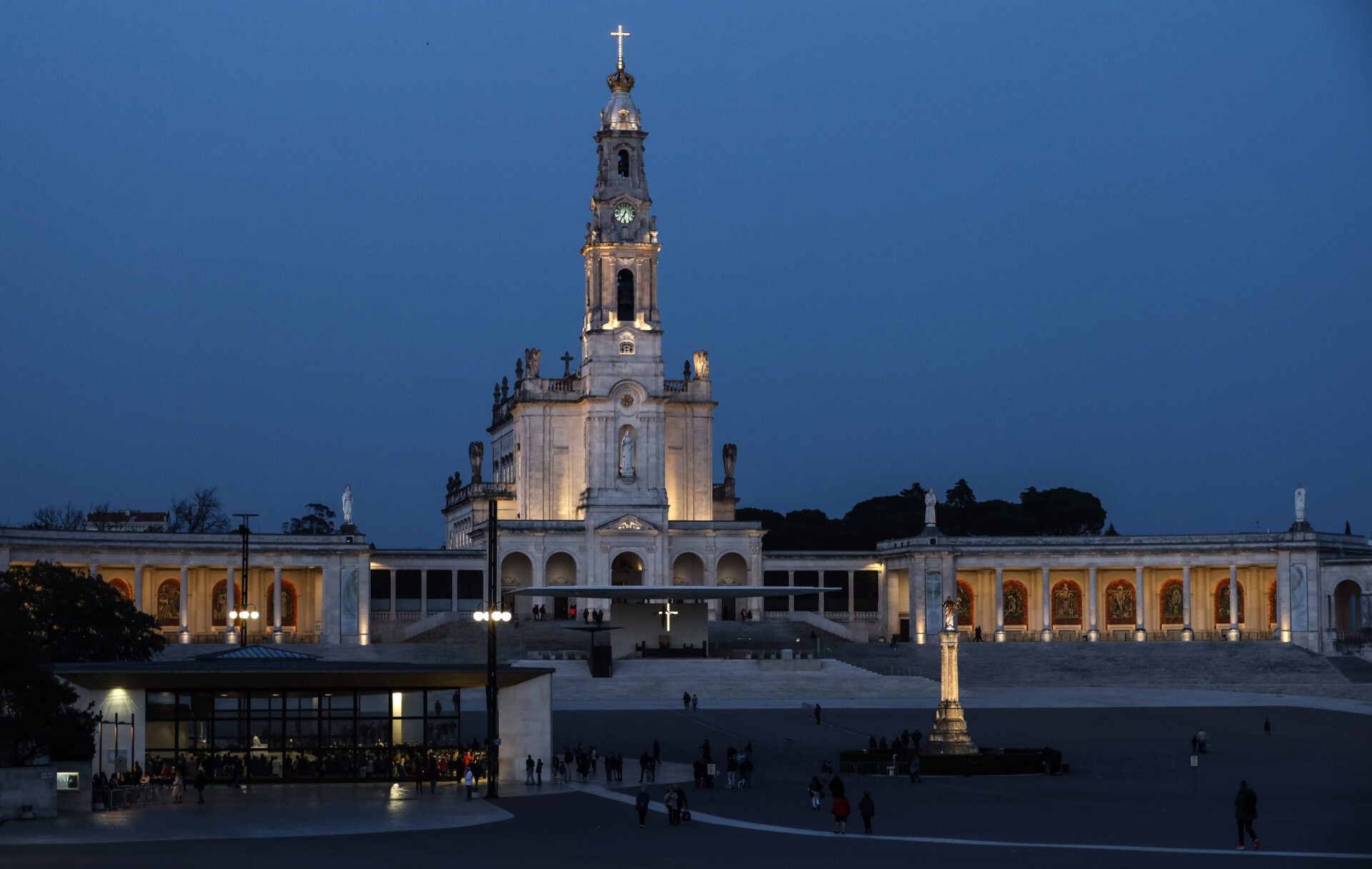
Prayer is often the first means for acquiring divine assistance (cf. Ps 69:2); it remains the certain and indispensable key to opening the treasury of heaven and bending the ear of the eternal Father (cf. Jn 16:23). If we do not pray, the treasury of heaven risks being unopened and the graces that God deigns to give, squandered forever. And yet, in this increasingly secular age, many people do not yet know how to pray as they ought (cf., Rom 8:26).
Fortunately for us, the Christian tradition boasts a number of perennial teachers on prayer, Our Lady being foremost among them. Pope St. John Paul II observes:
Could we have any better teacher than Mary? From the divine standpoint, the Spirit is the interior teacher who leads us to the full truth of Christ (cf. Jn 14:26; 15:26; 16:13). But among creatures no one knows Christ better than Mary; no one can introduce us to a profound knowledge of his mystery better than his Mother. (Rosarium Virginis Mariae 14)
With such an effective teacher, Christians should have every confidence in making real progress throughout their spiritual lives, regardless of their personal history and continued struggles with sin. On this glorious feast of Our Lady, we have reason to believe that the magnificent lessons bequeathed to the shepherd children at Fatima are equally applicable to us today. Sadly, for reasons of time and space, we can only rehearse two such lessons here.
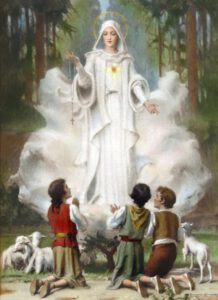
Lesson One: Four Prayers from Fatima
The Fatima apparitions include four prescribed prayers, each beholden to the truth of God as sovereign and judge. Through their frequent recitation (and eventual memorization), it is clear that the shepherd children acquired a greater sense of holy religion, as evidenced by their exceedingly pious (and indeed salutary) conduct during the monthly Marian apparitions. For those of us who do not yet know how to pray as they ought, these prayers are an excellent prompt for initially turning toward God and beginning to walk the road of Christian perfection.
The four prayers, which I put before you now, read as follows:
Four Prayers from Fatima
1. “My God, I believe, I adore, I hope, and I love Thee! I beg pardon of Thee for those who do not believe, do not adore, do not hope and do not love Thee!”
2. “Most Holy Trinity, Father, Son, and Holy Spirit, I adore Thee profoundly and offer Thee the Most Precious Body, Blood, Soul, and Divinity of Jesus Christ, present in all the tabernacles of the world, in reparation for the outrages, sacrileges, and indifferences by which He Himself is offended. And, through the infinite merits of His Most Sacred Heart and of the Immaculate Heart of Mary, I beg of Thee the conversion of poor sinners.”
3. “O Jesus, [this act of sacrifice] is for Thy love, for the conversion of sinners and in reparation for sins committed against the Immaculate Heart of Mary.”
4. “O my Jesus, forgive us our sins, save us from the fires of Hell. Lead all souls to Heaven, especially those in most need of Thy mercy.”
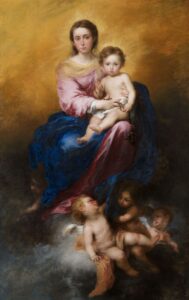
Lesson Two: The Power of the Rosary
Perhaps most importantly, Our Lady of Fatima taught the shepherd children about the power and efficacy of the Holy Rosary.
In his apostolic letter, Rosarium Virginis Mariae, Pope St. John Paul II described the Rosary as “a most effective means of fostering among the faithful that commitment to the contemplation of the Christian mystery” and “a genuine training in holiness” (Rosarium Virginis Mariae 5). For good reason, then, Our Lady asked the shepherd children to take up their Rosary beads, not merely to pray for themselves, but for the conversion of poor sinners.
In fact, during the first Marian apparition—that is, May 13, 1917—she entreated the children to “[s]ay the Rosary every day to obtain peace for the world and the end of the war.” Four months later, she repeated the same charge, saying, “Continue to [pray] the Rosary to bring about the end of the War,” and on October 13, 1917, she enjoined them a third time, adding, “I am the Lady of the Rosary. Continue to say the Rosary every day. The war is going to end, and the soldiers will soon return to their homes.”
In no uncertain terms, Our Lady of Fatima conveyed the splendid and even privileged place of the Holy Rosary in the communication of divine grace. As history attests, it is a formidable and exceedingly powerful instrument of prayer.
Mary, Our Teacher in Prayer
This latter lesson should please the children and devotees of Mary greatly and incite us all to pray the Rosary more often! But for those of us who struggle to pray, or do not yet know how to pray as we ought, let us wield the Rosary with confidence, asking our mother and our teacher … to help us pray in the manner of our glorious Queen!
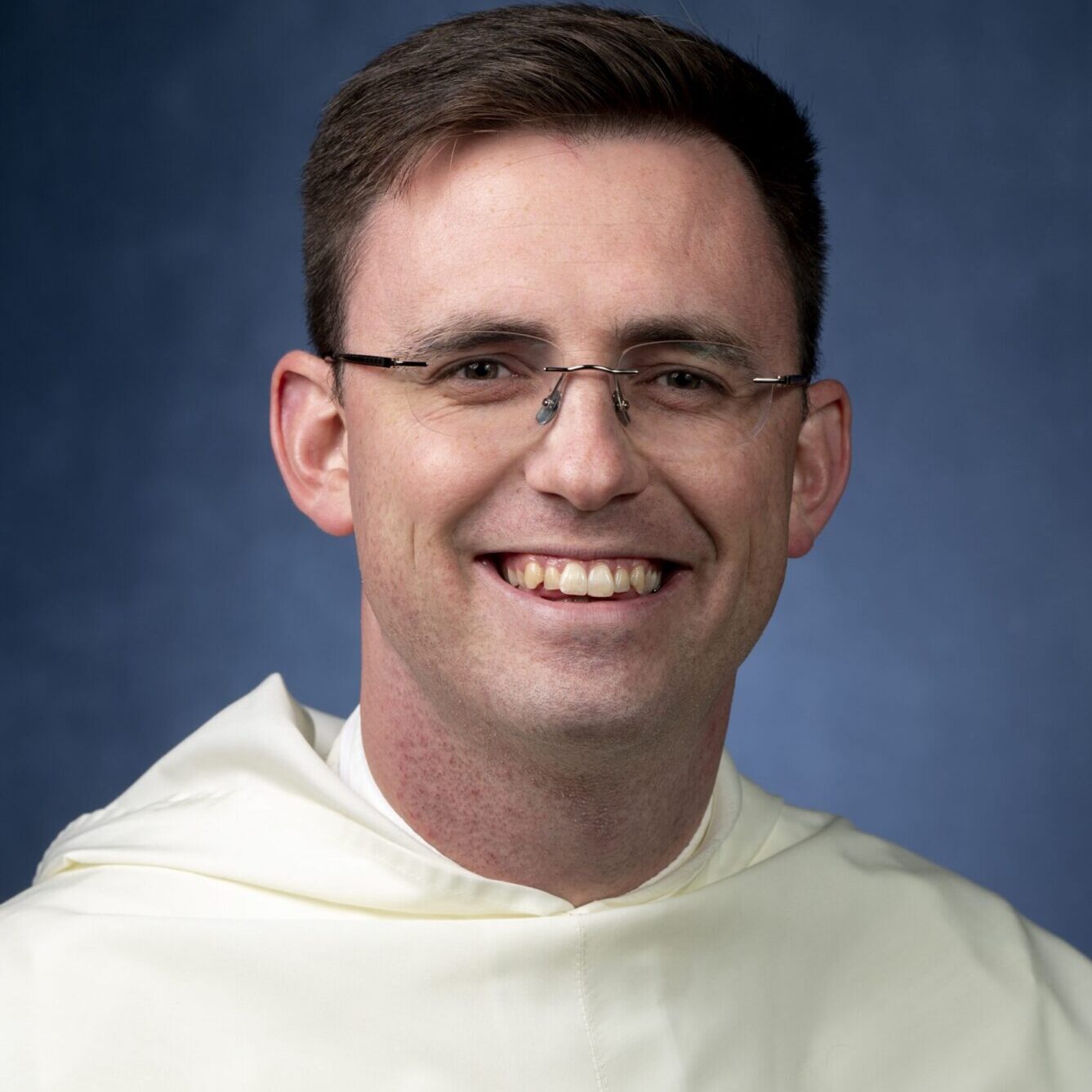
Written by Fr. Maximilian Maria Jaskowak, O.P.
Fr. Maximilian Maria Jaskowak, O.P., is a Catholic priest and Dominican friar of the Order of Friars Preachers (Eastern Province, USA). He currently serves as instructor of moral theology and Director of Spiritual Life Programs at St. Mary’s Seminary & University in Baltimore, MD. In addition to his teaching and mentoring responsibilities at the seminary, Fr. Maximilian is one of the directors and co-founders of the COR IESU Project, a new preaching initiative of the Dominican Province of St. Joseph, dedicated to the work of priestly formation.
